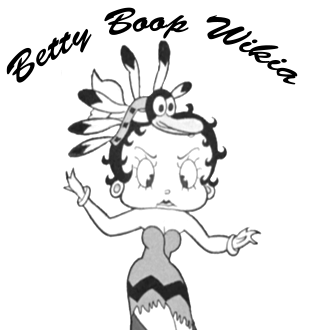| Max Fleischer Invades Walt Disney's Field[1] |
|---|
"Gullivers Travels" rivals "Snow White" as full-length color feature. From an $8-a-week apprentice in the art department of a Brooklyn newspaper to the chief of a studio whose yearly payroll equals the budget of many a good-sized city – that’s the climb of Max Fleischer, who steps out as a front-rank producer with "Gulliver's Travels." His first full-length animated cartoon in Technicolor opens Saturday at Keith’s. Few of the fantasies Fleischer has spun out of his popular movie cartoons are as extraordinary as the story of the master artist’s own career. He’s an ideal example of the genius who rose to the top through pioneering in an unpromising craft and developing it into an acknowledged form of art. According to Fleischer, his career as an artist goes back to the days when he stood up in his crib and scrawled pencil drawings on the wallpaper. He progressed eventually to the New York Art Students League, the Cooper Institute, the Mechanics' and Tradesmen's School and his first real job, on the Brooklyn Daily Eagle. It was while working as art editor of the Popular Science Monthly that the young man got the inspiration that was to change the entire course of his life. Why, he wondered, couldn't mechanics be combined with sketching to form an animated drawing? The World War interrupted Fleischer's plans along this line, but he returned from the service to produce the first life-like animated cartoon ever made, "Ko-Ko, the Clown." Its success was instantaneous, and Fleischer's dream of a new entertainment and art form was realized. It was during the following period that Fleischer produced two films that take away from Disney's "Snow White" the honor of being the first full-length animated cartoon. He did full-length illustrations of Darwin’s Theory of Evolution and Albert Einstein’s Theory of Relativity. Although neither picture would rate four stars as entertainment, scientists approved them heartily. In fact, Fleischer still treasures a note from Professor Einstein, calling the latter picture an excellent attempt to illustrate an abstract subject. Two characters he created made Fleischer's name famous in the screen world. They are "Popeye, the Sailor," who receives the strength of a giant from eating spinach, and "Betty Boop," the perennial flapper. His "Spunky" and "Hunky" have similarly won him many fans. "Gulliver's Travels," of course, marks Fleischer's most ambitious project to date. In production for more than two year, it represents the work of several hundred artists and the expenditure of more money than it is good manners to talk about. The picture, based on Jonathan Swift's classic story, tells of the amazing adventures of an English, seaman shipwrecked in "Lilliput," land of miniature people. It was produced in Fleischer's Miami, Fla., studios and represents the Southern city's big bid for fame as another Hollywood.

